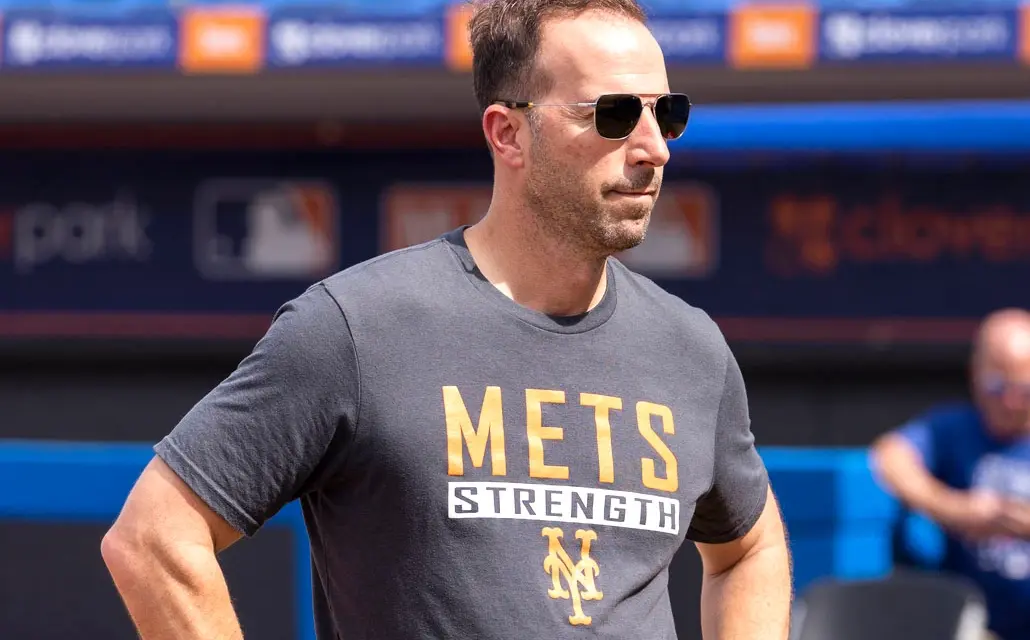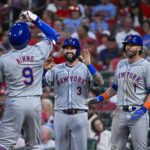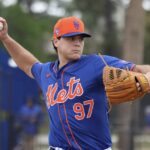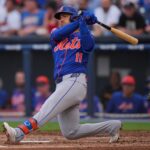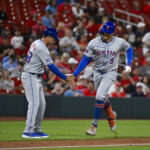The New York Mets will face an uncomfortable reality over the coming days as they enter this season’s trade deadline as sellers despite coming into the year with World Series aspirations. That process has already commenced with the trade of David Robertson to the division rival Miami Marlins and is certain to continue with the likes of Tommy Pham, Mark Canha and others being firmly available in talks.
You could argue that Eppler’s first deal as head honcho with the organization was his most substantial. In March of 2022, shortly after the lockout ended, the Mets acquired Chris Bassitt from the Oakland Athletics for pitching prospects J.T. Ginn and Adam Oller. Bassitt was coming off of an All-Star campaign in 2021, where he started 27 games with a 3.15 ERA while also finishing 10th in Cy Young voting. Ginn ranked as New York’s No. 5 prospect according to MLB Pipeline at the time of the trade and was a second-round pick in 2020, while Oller was the team’s Minor League Pitcher of the Year in 2021 and a riser in their system. Bassitt went on to have a productive season in his lone year with the Mets, pitching to a 3.42 ERA with 2.7 fWAR across 30 starts. Oller, on the other hand, has accumulated a 7.09 ERA across 28 games and 94 innings in the majors with Oakland, while Ginn hasn’t been able to find his footing in the minors.
Eppler’s next deal was swapping right-handed reliever Miguel Castro from the Yankees for left-handed reliever Joey Rodríguez. The lefty had a 4.47 ERA (3.23 ERA) in his one season with the Mets.
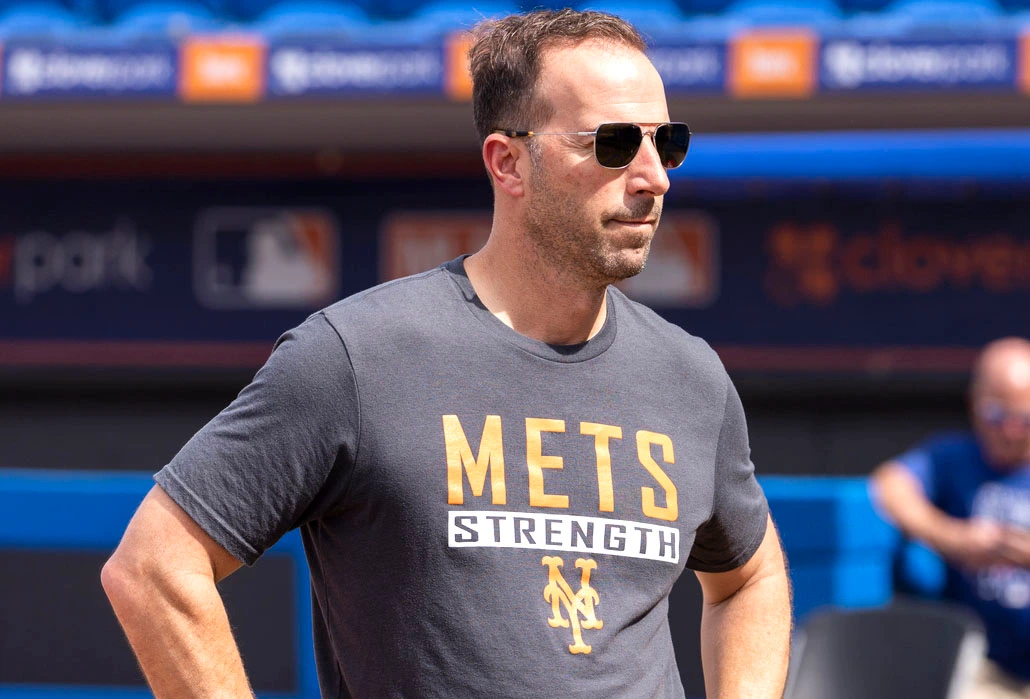
Photo Credit: Corey Sipkin of New York Post
Eppler’s next big trade came just under two weeks before the deadline in July of 2022. With the Mets in search of a left-handed power bat, they turned to Daniel Vogelbach and acquired him from the Pittsburgh Pirates for rookie reliever Colin Holderman. There were some questions about New York’s willingness to include Holderman, who had a 2.04 ERA in 15 outings as a Met, given his success at the big-league level as well as the team’s need for quality controllable bullpen arms. He’s gone on to put up a 4.43 ERA across 44 2/3 innings in total with Pittsburgh. Vogelbach was a vital part of New York’s lineup down the stretch in 2022, slashing .255/.393/.436 in 55 games before hitting .226/.330/.376 across 215 plate appearances so far this season.
Eppler’s next deadline excursion might be the one that comes back to hurt the Mets the most. A week after acquiring Vogelbach, the team received Tyler Naquin, a platoon bat and fourth outfielder, alongside Phillip Diehl from the Cincinnati Reds in exchange for prospects Jose Acuña and Hector Rodríguez. The trade made sense at the time, given the added depth and flexibility Naquin’s presence brought to the roster alongside his impressive .263/.324/.467 slash line in 658 plate appearances as a Red. However, the deal quickly became trivial for New York as Diehl never appeared in a game for the Mets while Naquin slashed .203/.246/.390 in 130 plate appearances with the team and was left off the Wild Card Series roster. On the flip side, Rodríguez has risen his stock immensely and rocketed up prospect rankings this season while hitting .286/.335/.531 with 15 home runs as a 19-year-old in Single-A. Acuña has been fantastic as well, pitching to a 2.97 ERA in 16 games as a 20-year-old at Single-A.
The trade of J.D. Davis, Thomas Szapucki, Carson Seymour and Nick Zwack for Darin Ruf from the San Francisco Giants, again at last year’s deadline, needs no introduction. Eppler coveted Ruf as a platoon bat and perfect complement to Vogelbach in the designated hitter spot, but his Mets tenure was an abject failure as he slashed .152/.216/.197 in 74 plate appearances. Meanwhile, Davis blossomed after receiving consistent playing time in San Francisco and is hitting .259/.341/.432 this season while considerably improving his defense at the hot corner. Seymour is enjoying a solid season in Double-A as well, pitching to a 4.06 ERA across 20 games and positioning himself as one of the Giants’ better pitching prospects.
Eppler and the Mets also acquired reliever Mychal Givens from the Chicago Cubs as part of their deadline haul, and he recorded a 4.79 ERA in 19 appearances with the team. Saúl González, traded for Givens, has a 2.67 ERA as a reliever in Low-A for the Cubs this year.
For the most part, it was clear that Eppler’s strategy as a buyer was to not gut the farm system of its top prospects and rather make incremental upgrades instead of going for a big fish. However, this approach led to New York parting ways with an excess of intriguing young pitching talent that they currently lack. It’s also abundantly clear that there was, and perhaps still is, an issue with how Eppler and company value and utilize certain players. We won’t see if Eppler has altered his perspective or attitude in that regard this season due to the team’s status as sellers, but it’s something to monitor going forward, considering how poorly those moves have aged thus far.
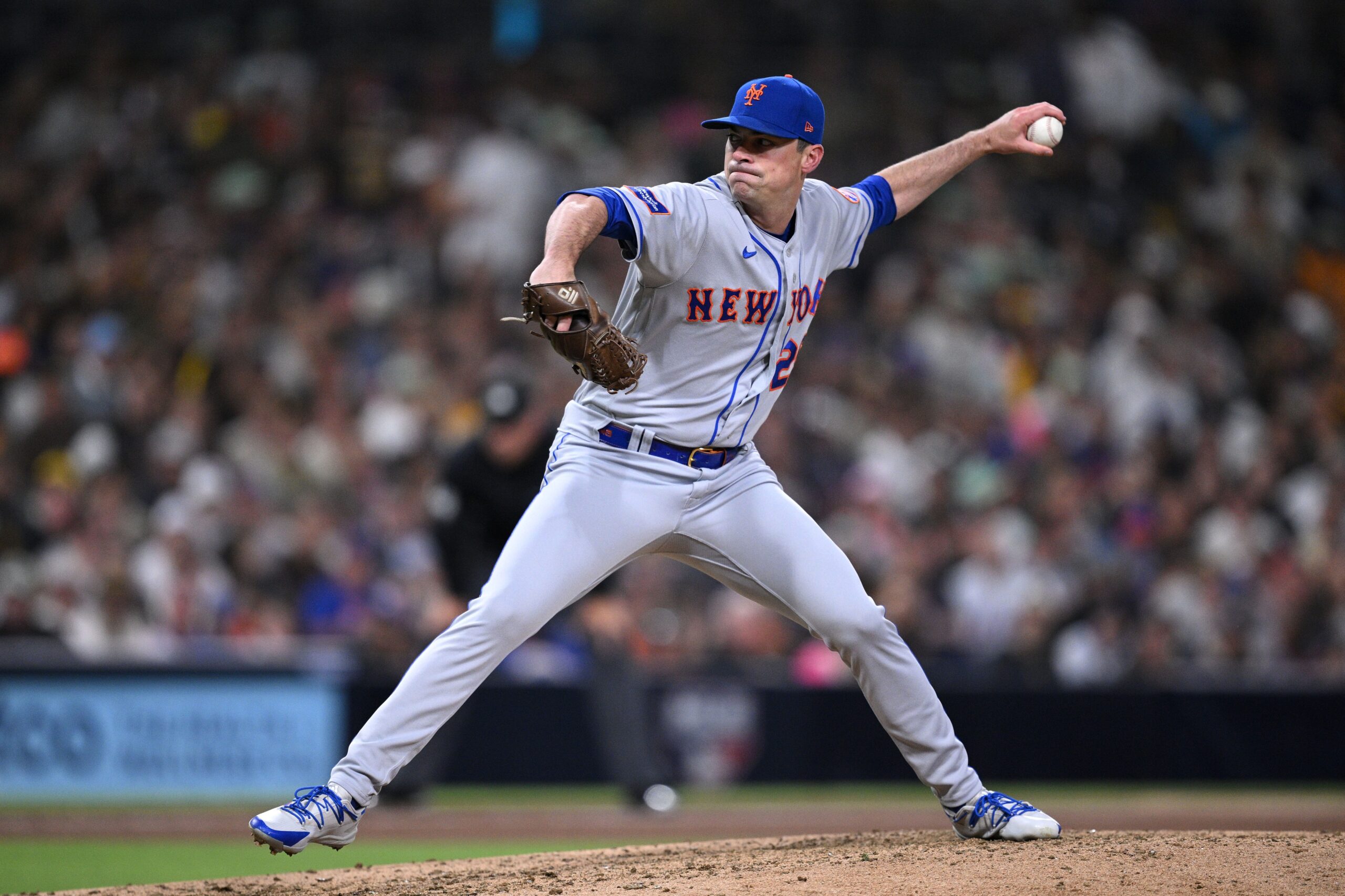
Orlando Ramirez-USA TODAY Sports
Eppler made a few deals leading up to the 2023 season. He traded left-handed pitching prospect Keyshawn Askew to the Rays for veteran lefty Brooks Raley. Askew has a 3.89 ERA and 11.9 K/9 in High-A for the Rays, while Raley has been terrific for the Mets with a 2.50 ERA in 44 games.
Billy looked to get more bullpen help when he sent prospects RHP Franklin Sanchez and OF Jake Mangum to the Marlins for right-handed pitchers Elieser Hernández and Jeff Brigham. The 27-year-old Mangum has a .774 OPS this year in Triple-A, which is actually below league average in the IL. Sanchez has struggled as well, with a 7.50 ERA across two levels. Hernández has dealt with injuries all season and hasn’t pitched in the big leagues, while Brigham had a 5.16 ERA before getting sent down.
The biggest variable for Eppler and the Mets as a whole this deadline is money. We’ve seen them essentially take on the remainder of Eduardo Escobar‘s contract in their trade with the Los Angeles Angels to maximize the prospect return, which netted them a pair of Top 20 prospects in the system with pitchers Coleman Crow and Landon Marceaux. They did the same with Chris Flexen when receiving him from the Seattle Mariners earlier this month, opening up an opportunity for them to acquire reliever Trevor Gott for a year and a half as a result.
The Mets swayed away from that ideology in the Robertson trade, however, raising a few eyebrows. It’s possible the team found that paying down the rest of the money owed to Robertson wouldn’t have resulted in a far superior return and opted to save a few bucks where they could. Whatever the reason may be, it could complicate any preconceived notions about how Eppler and the rest of the brain trust plan on attacking the rest of the deals. If, for whatever reason, the organization isn’t as keen as once thought on taking on a majority of the remaining money for each player available, then the possibility of shipping off Justin Verlander and/or Max Scherzer feels far-fetched at the absolute best. If New York does decide to eat most of the money, then it’s feasible that Eppler looks for the best return and retools the roster with an eye on the future.
Eppler undoubtedly has a lot on his plate over the next few days and could go in a variety of directions with the roster as the deadline approaches. We’ve seen how he prefers to operate as a buyer, but not so much as a seller during his time with the Mets, adding a level of intrigue and mystery to his plans.


